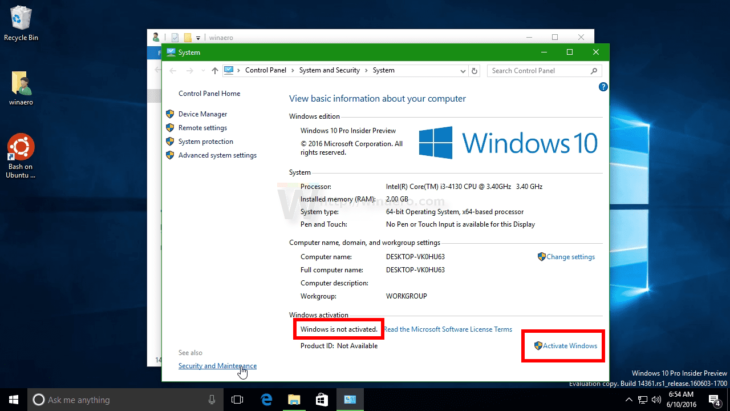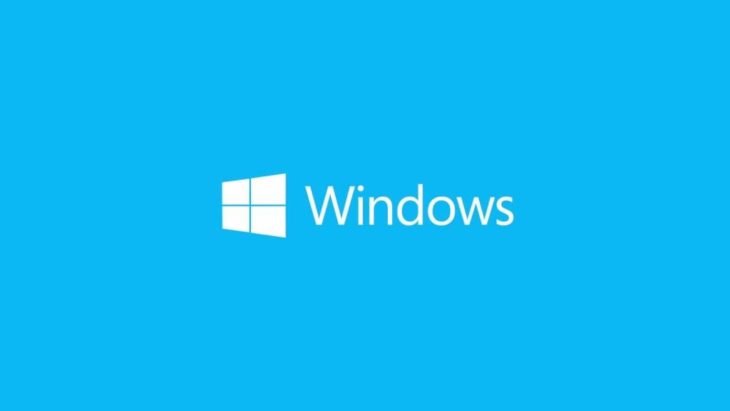Do you use Windows 10, Windows 7 or Windows 8.1 and you also wish to understand whether your Windows is real or activated? Do you want to understand whether triggered copies of Windows can also be real copies of Windows? If the answer is yes, then this manual is what you need to read. We clarify how activation functions and whether it will help certify that the copy of Windows is genuine. Afterward, we also share all of the methods for assessing the Windows activation standing. There is lots of ground to cover, so let’s begin:
Contents [show]
What is the link between activated Windows and genuine Windows?

Img source: winaero.com
Activation is a process that is built into Windows. It will help confirm that your copy of OS is genuine. If your Windows is real, you’re qualified to obtain all product updates and product support from Microsoft. When it isn’t real, you will still receive security updates but not much more than that. Additionally, you’re regularly requested to activate your copy by supplying the real product key. The activation checks are often and can be quite annoying. The very first time it happens is if you install OS or you initially use a recently purchased PC or device using Windows if it doesn’t confirm it is legit we advise you to buy Windows 10 product key.
The next time an activation test is done is when you try to download updates from Microsoft. Substantial hardware modifications within your computer may also activate automated detection checks. Pirated versions of Windows could originally be actuated and begin working without problems, however, after a couple of weeks of usage, it’s quite likely that Microsoft’s detection checks will determine this issue and you’ll be requested to activate your copy of Windows by offering a legitimate product key. Therefore, it’s safe to presume that, in case a Windows is activated, most likely it’s also genuine. Keep reading to see several methods of assessing whether your Windows is triggered or not.

Img source: 1.bp.blogspot.com
Method 1:
This technique applies to all modern versions of Windows, and it begins by launching the Control Panel. Then, visit System and Security and tap or click System.
Microsoft Genuine: Your System window has been opened, in which you view info regarding your personal computer or device. Scroll down this particular window, until you discover the Windows Activation segment.
Microsoft Genuine: In Windows 10 and Windows 8.1, you find a line saying whether Windows is fully activated or not. In Windows 7, you’ll also find a badge on the right, together with the text “request genuine Microsoft software.”
Method 2:
Another approach that works in most modern versions of Windows would be to open the Command Prompt. Then, type the command “slmgr /xpr.” You will see a prompt stating whether your Windows device is activated or not. Tap or click OK, and you’re finished. If you would like to understand more about this option and the way it functions, type this command with no parameters at the Command Prompt. A number of drives are revealed, together with information about all of the parameters that could be utilized and what they’re doing.
Method 3:
If you’re using Windows 10, there is another method for you to quickly assess the activation menu. First, open the Settings app, after that, visit Update & safety. In the column on the left tap or click Activation. Look on the best, and you’ll observe the activation status of your Windows 10 PC or device. Windows 10 may also be activated using a product key that could be bought in a lot of ways. If you would like to find out more about the activation procedures and kinds of licenses, then browse this documentation from Microsoft: Activation in Windows 10. You’ll find it very helpful info.
